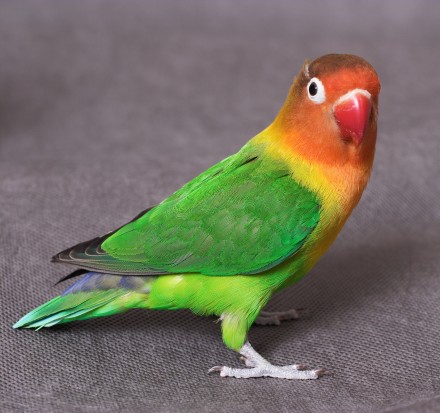
Many are already familiar with arthritis since human beings have been suffering from this condition. It may shock quite a few people that animals also experience this condition. Horses for one have to deal with arthritis. Horse arthritis has been a topic of concern by horse owners who are finding ways to learn more about this. If you want to learn more about horse arthritis, read on and gain knowledge to understand this condition.
Horse Arthritis and What to Look For
You may be wondering what causes horse arthritis. Here are some known reasons: heredity, abnormal growth, loose joints and injuries. One way to prevent horse arthritis is by taking good care of your horse's joints. While the risk of horse arthritis can't be totally eliminated, it is still worth a try to do some preventive measures.
The nature of horse arthritis is similar to that experienced by humans. This condition arises when the synovial fluid, which is the liquid in the joints, no longer provides the necessary cushion to the joints. As this fluid becomes thinner over time and is no longer able to provide the lubrication on the joints, significant pain is experienced by the horse. Horse arthritis is indeed a painful condition for your horse.
Young horses will not have to deal with horse arthritis. What you can do as early as now is to keep your horse in good shape, keep it healthy, and away from injuries. At an older age of your horse, around the age of 15, you should already try to look for signs of horse arthritis. At this age, your horse will produce less cartilage on the joints and the tendons will now be more prone to injury. Horse arthritis will really start to pose problems and bring pain to your horse. If left alone, this condition will continue to bother your horse.
If you see that your horse is starting to move uncomfortably and have a hard time moving around, these may be signs of horse arthritis. Swollen joints, stiffness in movement and decreased range of horse's step are sure signs of the condition. Being able to find out early if the condition is really horse arthritis will be beneficial to your horse, since you can take the necessary steps to treat it. Immediate action is important here.
What to Do When You Suspect Horse Arthritis
As soon as you notice signs of horse arthritis then you should act quickly to schedule an appointment with your veterinarian. Tell him you are suspecting horse arthritis to be the cause of the pains of your horse. Expect some tests to be conducted, subjecting your horse to ultrasound, fluid testing in the joints and other diagnostic tests necessary. After thorough testing, the vet can determine the level of horse arthritis and the degree of the condition your horse is experiencing. With all the information gathered from these tests, the vet can assess the severity of horse arthritis and can now recommend treatment options. The treatments may range from weight control, exercise and glucosamine intake--or a combination of all these.
 Importance of dog training schools and boarding services for your pet
Importance of dog training schools and boarding services f
Importance of dog training schools and boarding services for your pet
Importance of dog training schools and boarding services f
 Facts about Dog Anal Glands
Facts about Dog Anal Glands
 Phobia Of Dogs - Looking Into Cynophobia
Phobia Of Dogs -
Phobia Of Dogs - Looking Into Cynophobia
Phobia Of Dogs -
 Common Lovebird Illnesses
Common Lovebird I
Common Lovebird Illnesses
Common Lovebird I
 Exotic Birds Living Wild In London - The Feral London Parrots
Exotic Birds Livi
Exotic Birds Living Wild In London - The Feral London Parrots
Exotic Birds Livi
Copyright © 2005-2016 Pet Information All Rights Reserved
Contact us: www162date@outlook.com